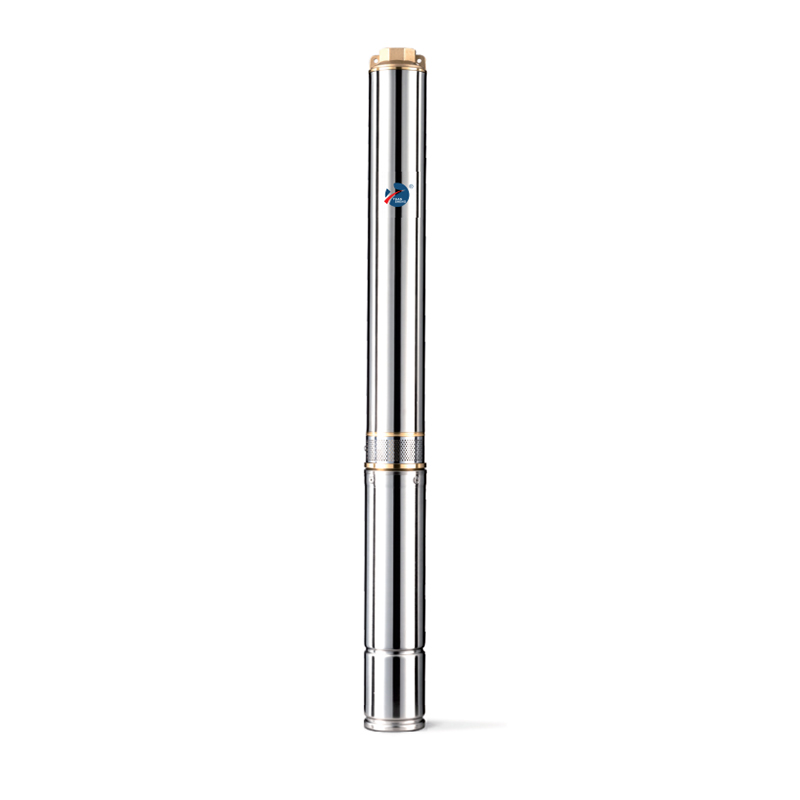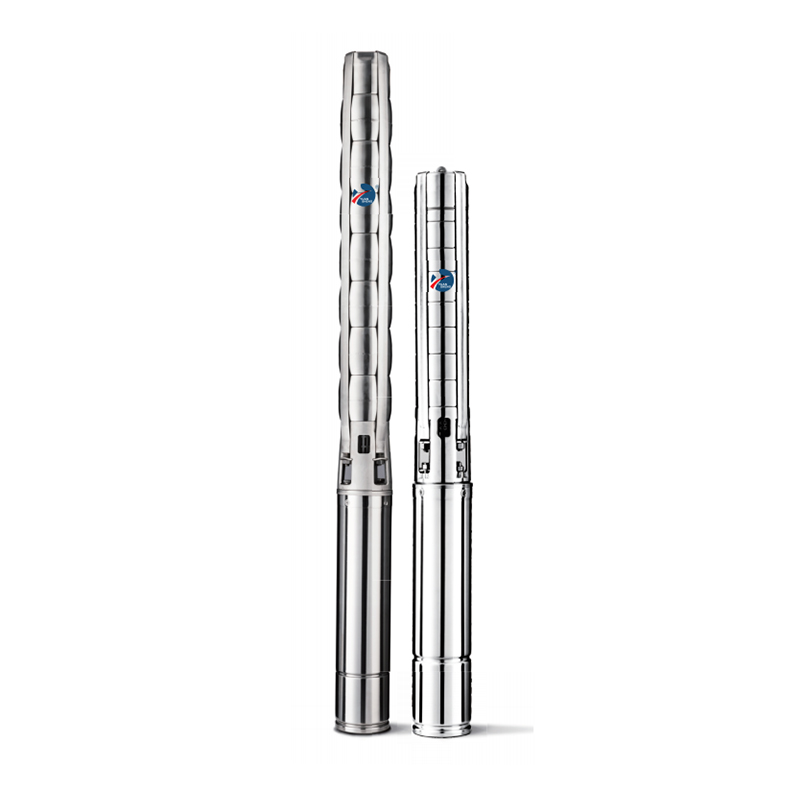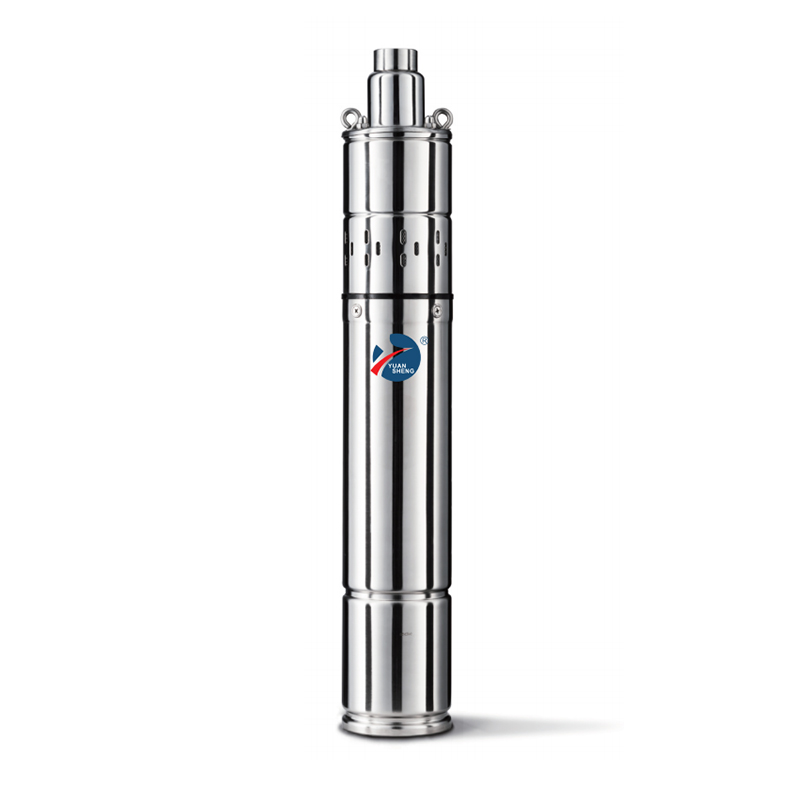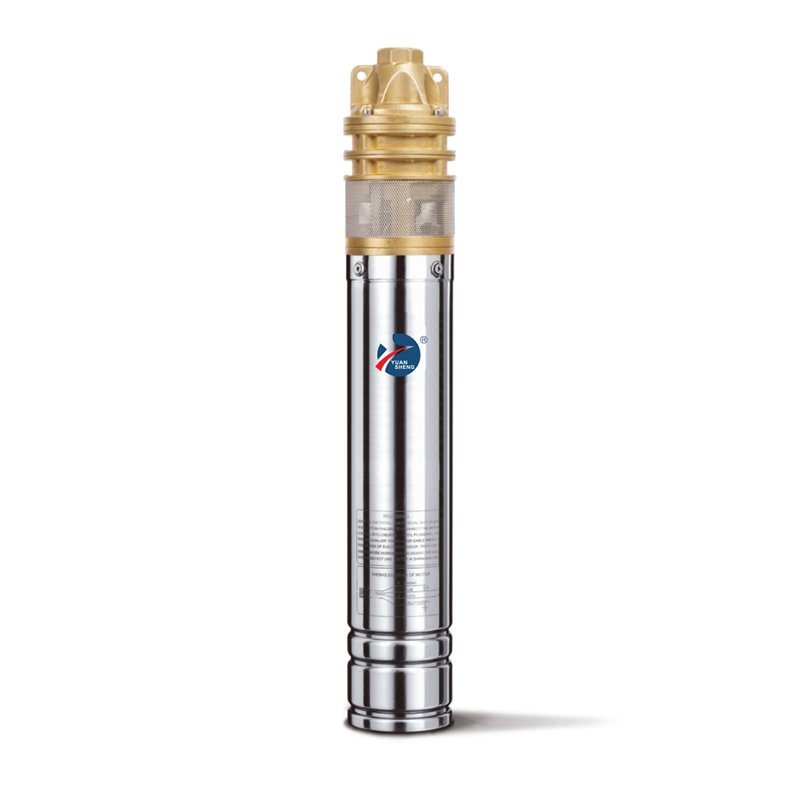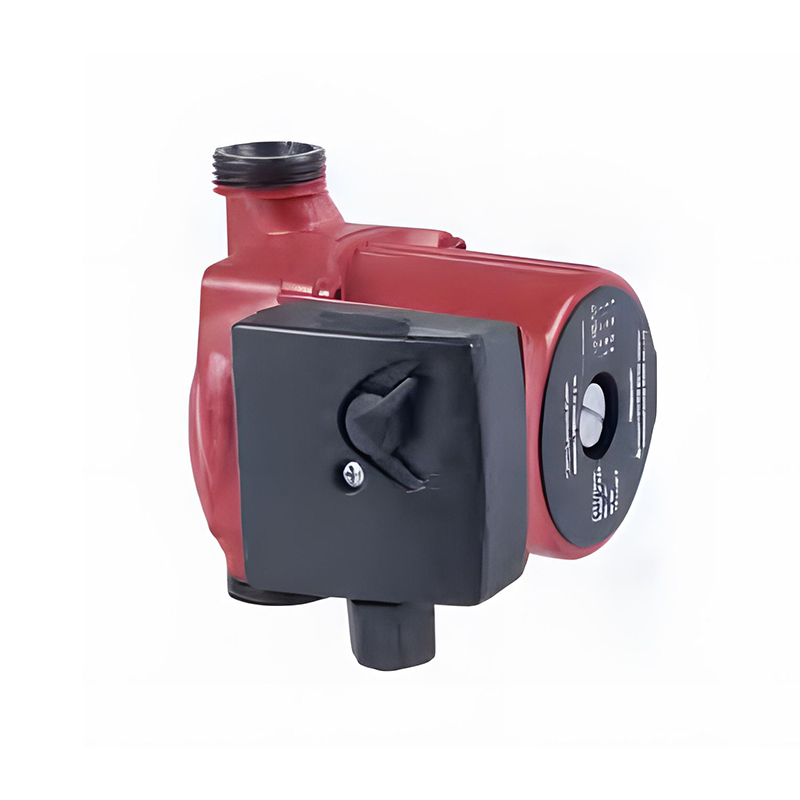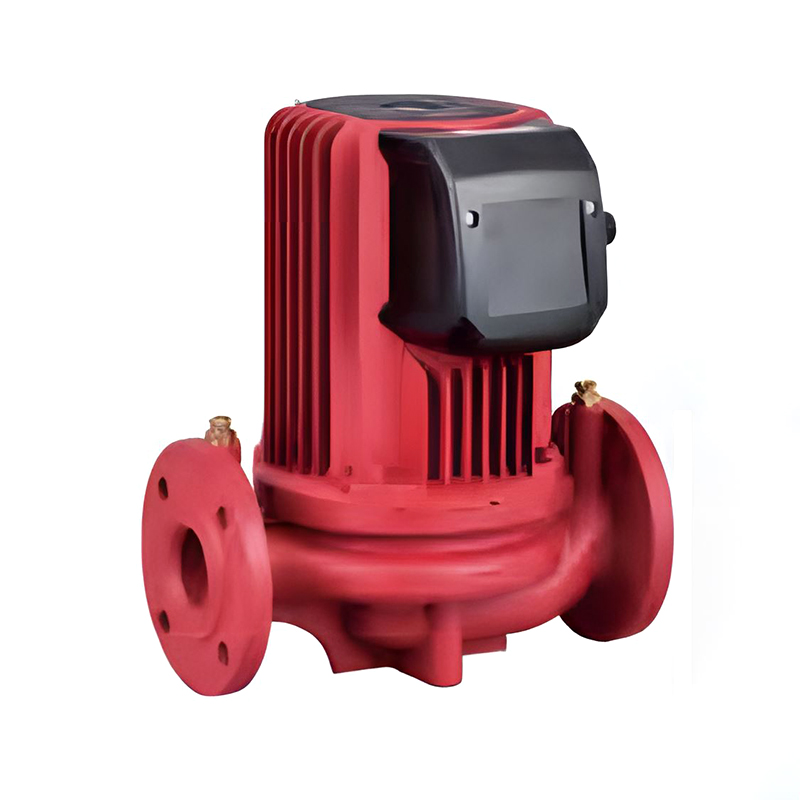Maintaining healthy water circulation and oxygen levels is crucial for the well-being of aquatic life in ponds or fountains.
I. Solar Panel Aerator: Can a Solar Generator Power It?
- Feasibility of Using Solar Systems for Aerators
A solar panel aerator works by drawing energy directly from solar panels, making it particularly beneficial for areas that are off the grid, such as remote farms, isolated water features, or gardens without access to electrical outlets. Since it doesn’t rely on a traditional power grid, it provides an eco-friendly and cost-effective method for maintaining optimal oxygen levels in aquatic ecosystems.
- Configuration Considerations
Panel Size: The size of the solar panel system is directly linked to the aeration needs of the pond or fountain. The system’s efficiency is typically rated by GPH (gallons per hour), which indicates how much air is delivered. Choosing the right panel size ensures that sufficient oxygen is supplied to maintain water quality.
Battery Capacity: Battery capacity plays a significant role in how long the aerator will continue to operate during periods of low sunlight. Quality systems are designed to maintain continuous operation, allowing the aerator to function for several hours after sunset or during cloudy days, depending on the size of the battery and system.
II. The Solar Solution: Solar-Powered Aeration for Lakes and Ponds
- How Solar Aeration Systems Work
A typical solar-powered aeration system consists of several core components:
Solar Panels: Capture sunlight and convert it into electricity.
Compressor: Powered by the solar panels, the compressor pushes air into the system.
Diffuser: Located at the bottom of the pond, the diffuser releases fine bubbles into the water column, enhancing oxygen circulation.
During the day, the solar panels power the compressor, which pushes air through hoses to the diffuser. The fine bubbles released into the water improve water quality by increasing dissolved oxygen levels. This process helps to prevent algae growth, reduces unpleasant odors, and enhances the overall clarity of the water.
- Key Benefits
Grid Independence: One of the primary advantages of a solar aerator is that it requires no external electrical power, making it perfect for eco-conscious users or for areas with no access to the grid. It operates independently, which makes it an ideal solution for ponds, lakes, or other water bodies in remote or off-grid locations.
Improved Water Quality: Aeration significantly boosts the oxygen levels in water, which is essential for the health of aquatic organisms. Increased oxygen levels help to break down organic matter, prevent algae blooms, and improve water clarity.
Reliable Operation: High-quality solar-powered aerators with battery backup systems can operate day and night, ensuring that aeration continues without interruption. This ability to run both during daylight and nighttime reduces long-term costs and increases the reliability of the system.
III. Solar-Powered Aerators for Ponds or Fountains
Selection and Installation Tips
- System Type: If you are looking for a simpler solution, direct-drive systems (solar panel-only) can be an affordable and easy-to-install option. However, these systems usually only operate during daylight hours. For more consistent operation, consider battery-backed systems that provide continuous aeration during cloudy days and at night.
- Placement: To maximize efficiency, position the solar panels in an area that receives the most sunlight throughout the day. Additionally, install the diffuser at the deepest part of the pond or water feature to ensure optimal circulation and oxygen distribution.
IV. Recommended Product: Gearless Impeller Type Oxygenator
For a reliable and efficient solar aeration solution, consider the Gearless Impeller Type Oxygenator from Yuansheng Mechanical. This product is designed to effectively oxygenate ponds using solar power, providing long-term benefits for water quality maintenance.For more information about this product,please contact yuanshengmech company.
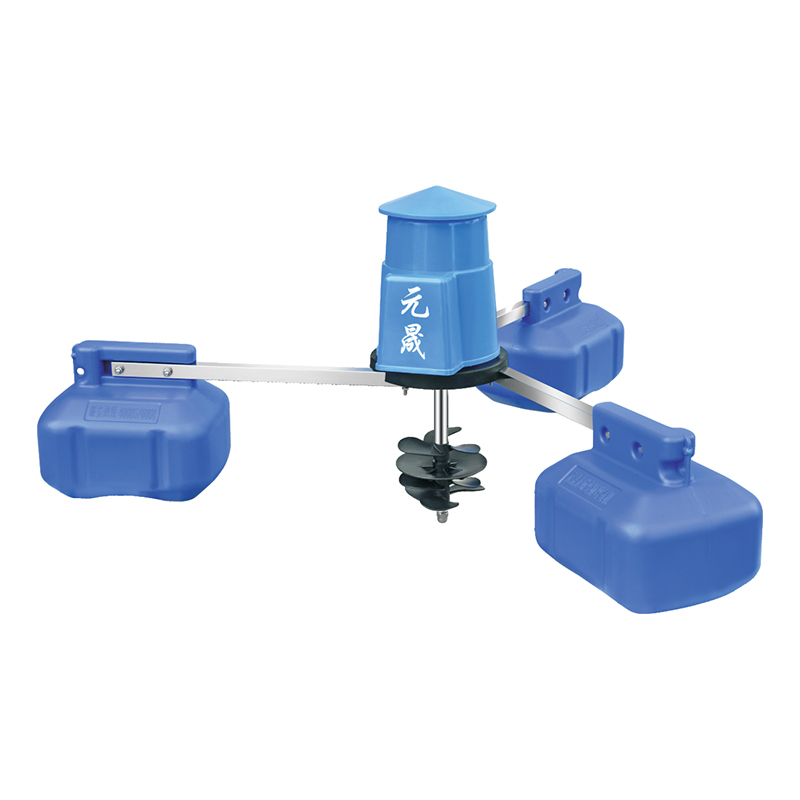


 English
English 中文简体
中文简体 عربى
عربى